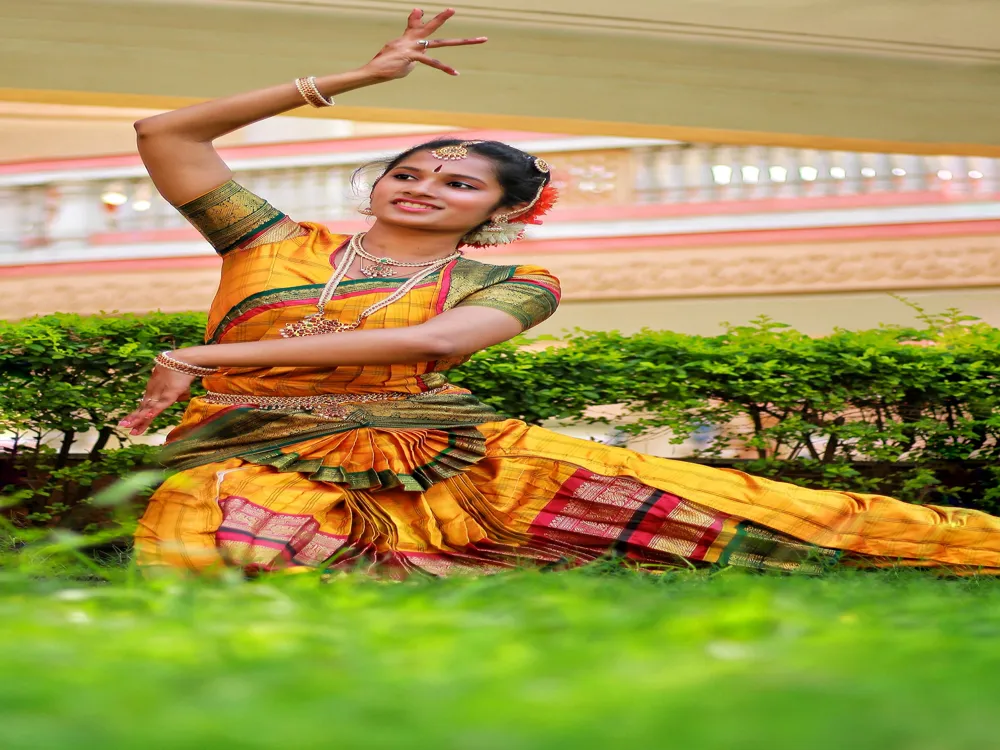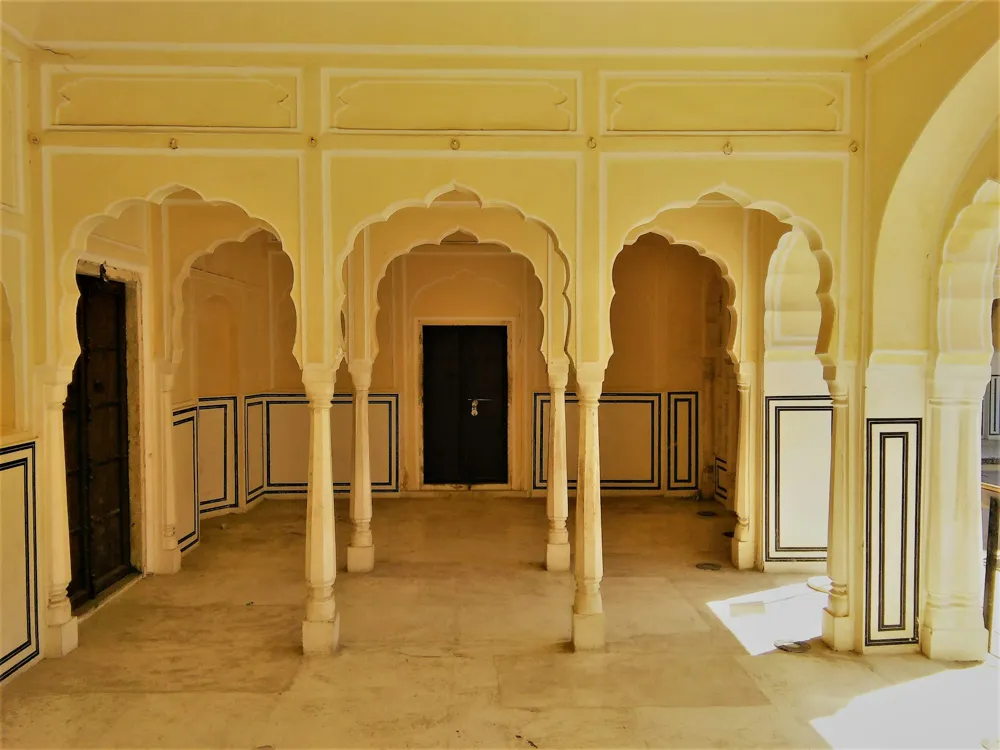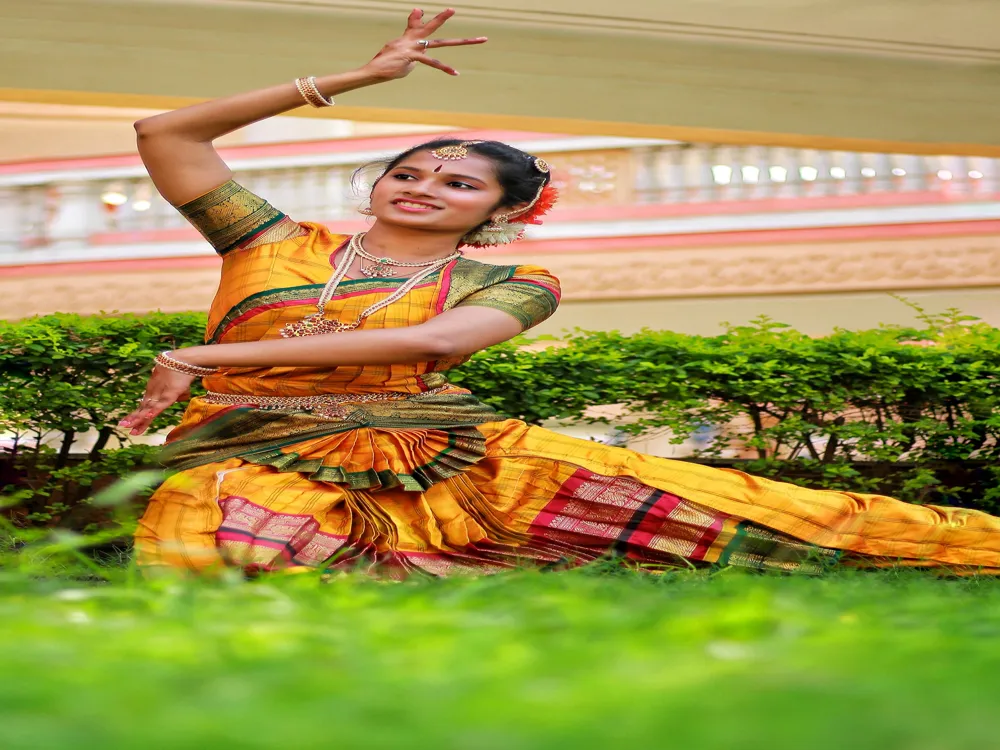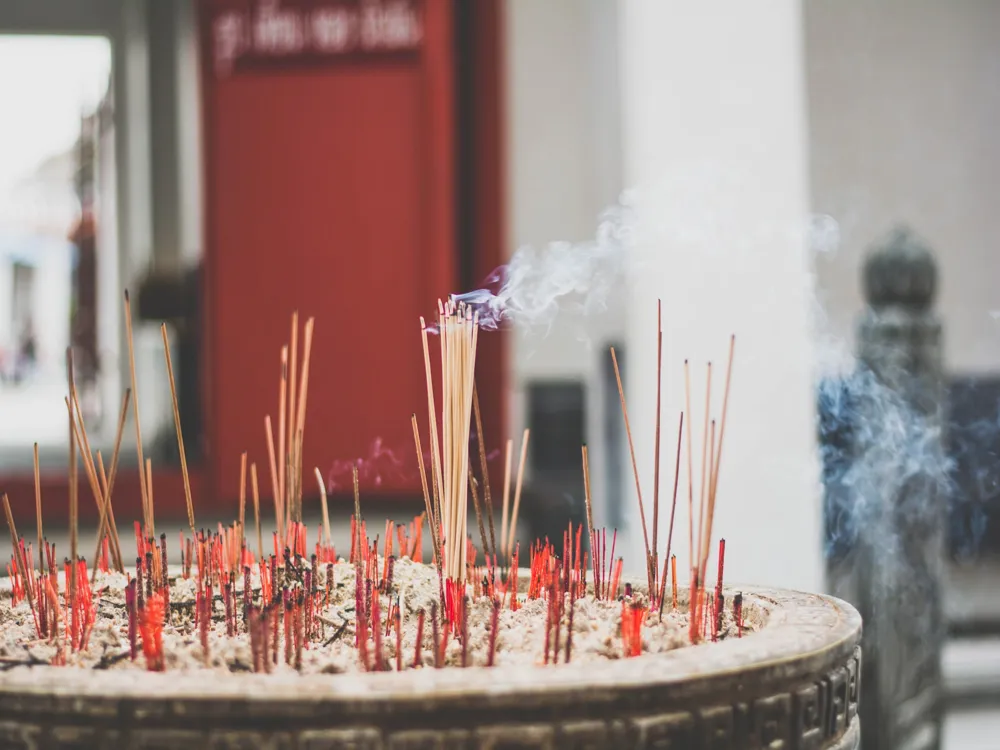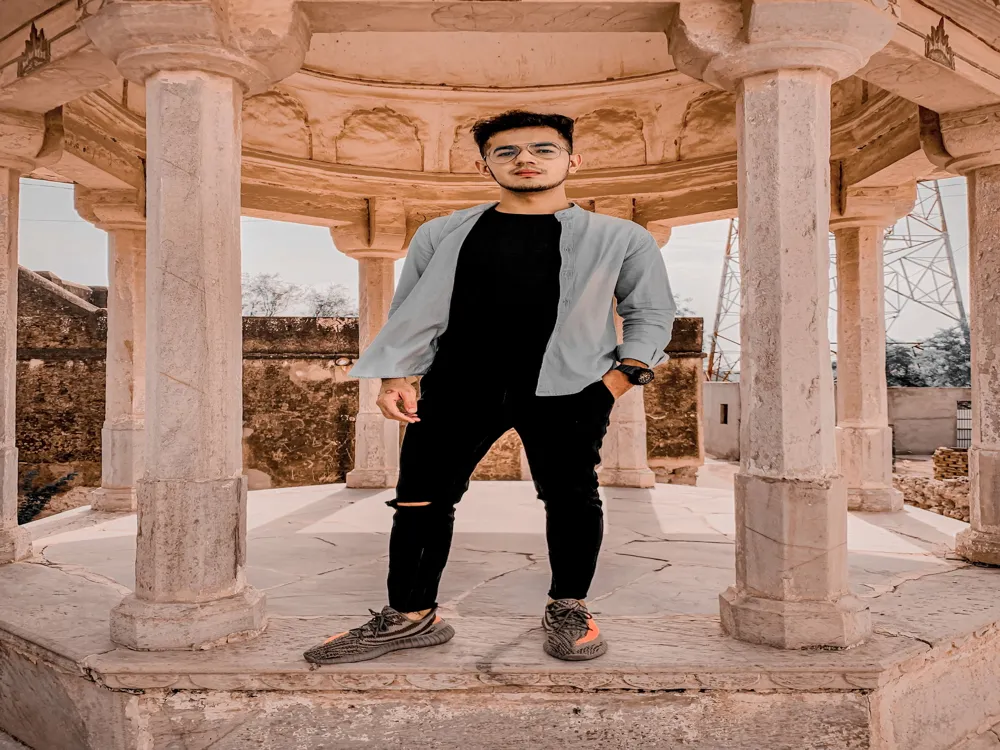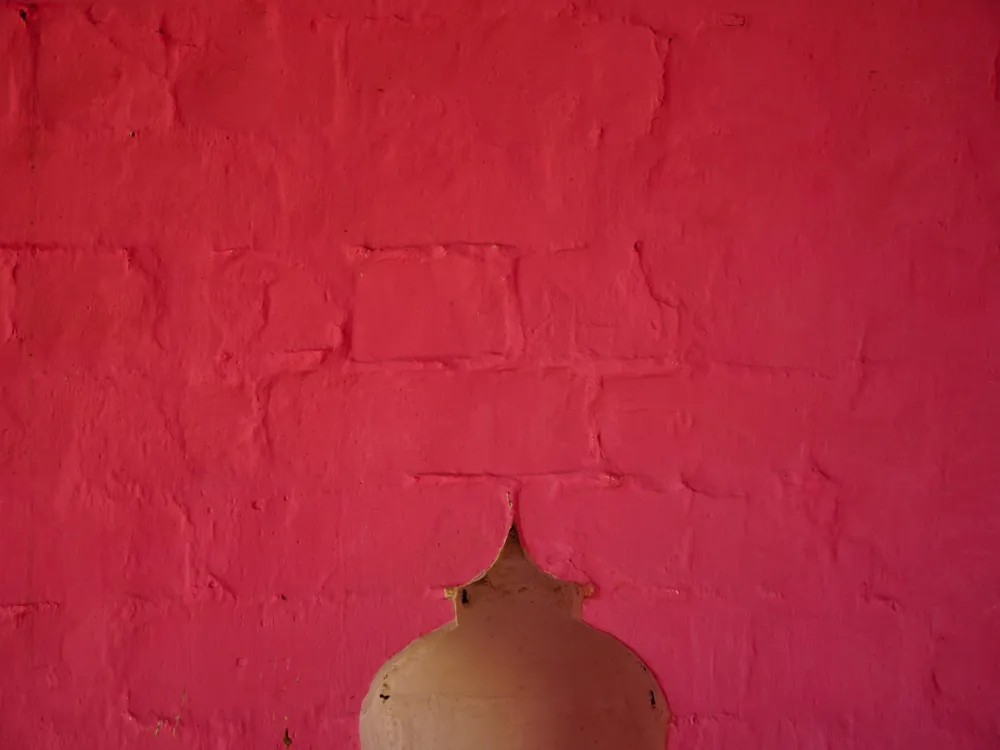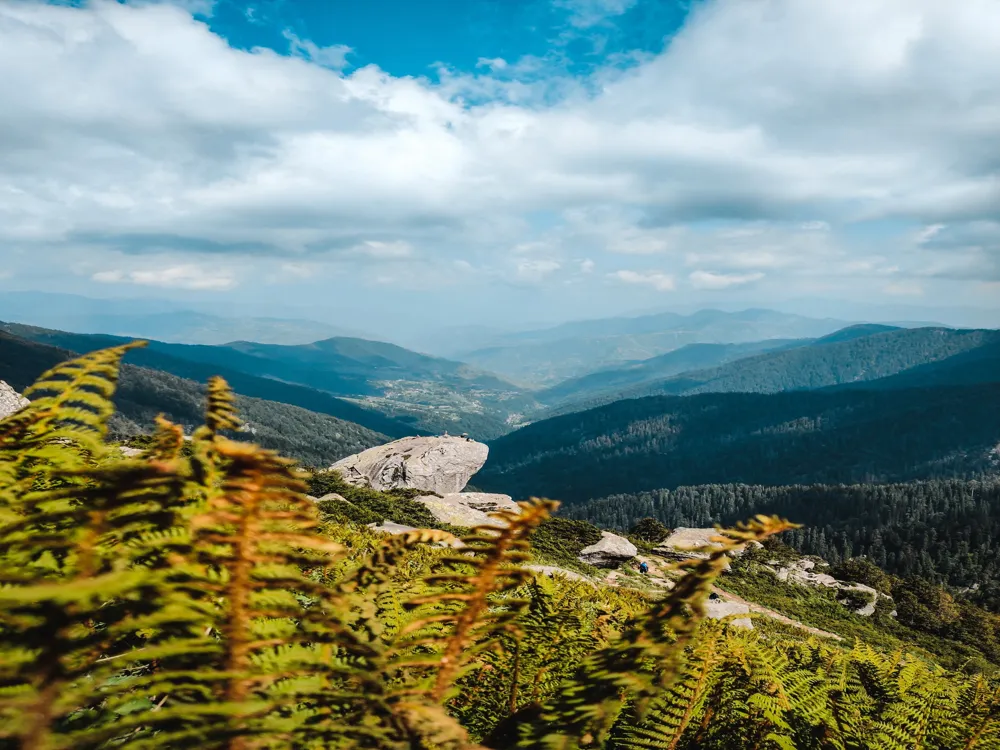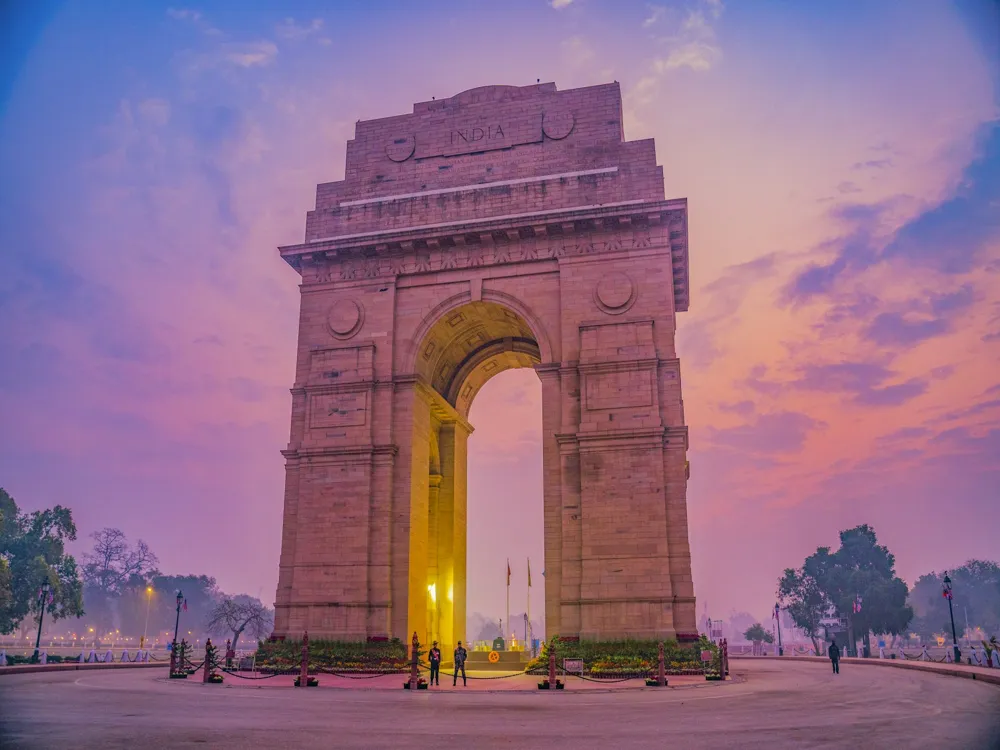Lohargal, a serene and historically rich village in the Jhunjhunu district of Rajasthan, India, holds a special place in the hearts of both history enthusiasts and spiritual seekers. This quaint locale, nestled in the rugged terrains of the Aravalli Range, is not just a scenic beauty but also a cradle of deep-rooted historical and mythological significance. The name 'Lohargal' translates to 'the iron remover,' symbolizing its legendary association with the Mahabharata, where it is believed that the Pandavas came to Lohargal to absolve themselves of their sins after the Kurukshetra war. This act was signified by washing their weapons in the local water, which supposedly turned the water to iron due to the blood stains. But Lohargal is not just about its mythological connections. The village has been a silent witness to various historical epochs, from the reign of Rajput kings to the era of British colonialism. Over time, it has evolved into a melting pot of cultures and traditions, offering a unique glimpse into the rural life of Rajasthan. The local community, with their colorful attire and warm hospitality, adds to the charm of Lohargal, making it a must-visit destination for anyone looking to experience the authentic essence of Rajasthani culture. The historical significance of Lohargal is immense, with its roots going back to the times of the Mahabharata. According to legends, this is where Bhima, one of the Pandava brothers, created a water source, known as Bhim Kund, by hitting the ground with his gada (mace). This kund is not just a pilgrimage site but also an architectural marvel, reflecting the intricate craftsmanship of ancient times. The village is dotted with several other historical sites, including ancient temples and ruins, which speak volumes of its rich past. The cultural tapestry of Lohargal is vibrant and diverse. The village celebrates various festivals and fairs, which are a riot of colors and joyous celebrations. The most notable among these is the Lohargal Fair, which attracts thousands of pilgrims and tourists every year. During this fair, the entire village comes alive with folk music, dance, and traditional rituals, offering a glimpse into the rich cultural heritage of Rajasthan. No visit to Lohargal is complete without indulging in the local cuisine and exploring the handicrafts. The traditional Rajasthani dishes, with their unique flavors and spices, are a delight for food lovers. Similarly, the local crafts, including pottery, textile weaving, and jewelry making, reflect the artistic prowess of the villagers. These handicrafts make for perfect souvenirs, carrying with them the essence of Lohargal's culture and tradition. The architecture of Lohargal is a fascinating amalgamation of historical and cultural influences. The village is home to several architectural marvels, ranging from ancient temples to royal chhatris (cenotaphs), each telling a story of its own. These structures, built using local materials like sandstone and marble, showcase the exquisite craftsmanship of the artisans of yesteryears. One of the architectural highlights of Lohargal is its array of temples. The most prominent among these is the Suraj Temple, dedicated to the Sun God. This temple, believed to be several centuries old, is an epitome of ancient Indian architecture, with its intricate carvings and detailed sculptures. The temple not only holds religious importance but also is an architectural masterpiece, reflecting the skills of the Rajasthani artisans. The royal chhatris of Lohargal are a testament to its rich historical past. These cenotaphs, built in memory of the Rajput kings and queens, are exquisite examples of Rajasthani architecture. The intricate carvings, domed roofs, and ornate pillars of these chhatris are a sight to behold, showcasing the artistic brilliance of the era. The traditional design elements of Rajasthani architecture are prominently visible in the buildings of Lohargal. The use of jharokhas (overhanging enclosed balconies), jaalis (lattice screens), and chhatris (dome-shaped pavilions) in the structures adds to their aesthetic appeal and functionality, reflecting the genius of ancient Rajasthani architecture. The ideal time to visit Lohargal is between October and March when the weather is pleasant, making it perfect for exploring the village and its surroundings. While Lohargal has limited accommodation options, nearby towns like Jhunjhunu offer a range of hotels and guest houses catering to different budgets. Respecting local customs and traditions is crucial. Dress modestly, especially when visiting temples, and always ask for permission before taking photographs of the locals. Lohargal is well-connected by road and is easily accessible from major cities in Rajasthan. The nearest railway station is in Jhunjhunu, from where one can hire a taxi or take a local bus to reach the village. For those traveling by air, the nearest airport is in Jaipur, followed by a road journey to Lohargal. Read MoreOverview of Lohargal, Jhunjhunu, Rajasthan
Historical Significance
Cultural Heritage
Local Cuisine and Crafts
Architecture of Lohargal
Temples and Spiritual Structures
Royal Chhatris and Memorials
Traditional Rajasthani Design Elements
Tips When Visiting Lohargal
Best Time to Visit
Accommodation Options
Local Etiquette and Customs
How To Reach Lohargal
Lohargal
Jhunjhunu
Rajasthan
NaN onwards
View jhunjhunu Packages
Jhunjhunu Travel Packages
View All Packages For Jhunjhunu
Top Hotel Collections for Jhunjhunu

Private Pool

Luxury Hotels

5-Star Hotels

Pet Friendly
Top Hotels Near Jhunjhunu
Other Top Ranking Places In Jhunjhunu
View All Places To Visit In jhunjhunu
View jhunjhunu Packages
Jhunjhunu Travel Packages
View All Packages For Jhunjhunu
Top Hotel Collections for Jhunjhunu

Private Pool

Luxury Hotels

5-Star Hotels

Pet Friendly




